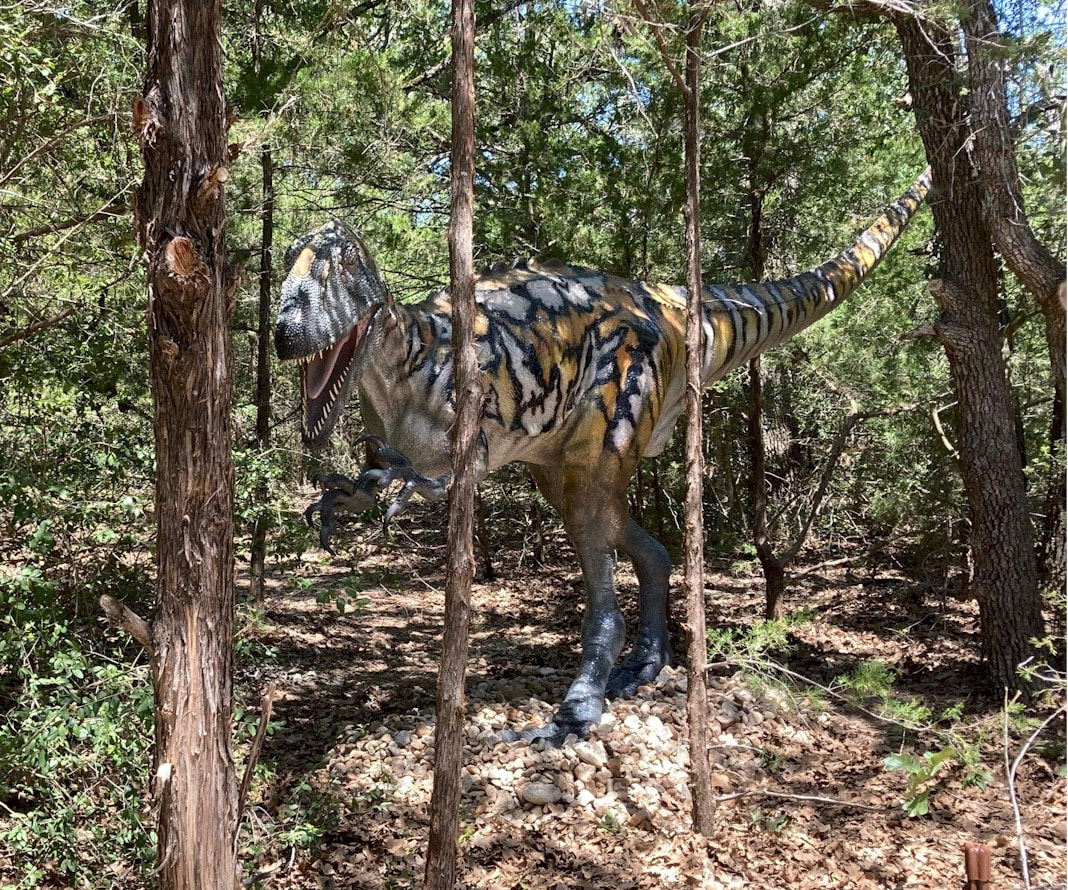Australovenator is only known from one fossil skeleton, but this discovery in 2009 was one of great importance for Australian paleontologists, as it was the most complete skeleton of a carnivorous dinosaur ever found in Australia. The completeness of the skeleton is likely owed to the way this dinosaur died, and its bones tell that story. Australovenator’s remains were discovered in a mud bank by a river after it sank into the saturated earth and died, likely while trying to scavenge the remains of another dinosaur that met a similar fate. As the mud hardened, it created a tight seal around Australovenator’s bones, keeping them well preserved for millions of years.
In life, Australovenator’s body showcased a slender, active theropod dinosaur. It was likely rather fast and agile, able to give chase to even quick moving prey. These active predators like Australovenator were some of the first hints paleontologists used to determine that dinosaurs were likely warm-blooded like birds, not cold-blooded like reptiles. This is further evidenced by the fact that its home in present-day Australia was thought to have very cold and snowy winters, which leads some scientists to believe it also had feathers!
In life, Australovenator’s body showcased a slender, active theropod dinosaur. It was likely rather fast and agile, able to give chase to even quick moving prey. These active predators like Australovenator were some of the first hints paleontologists used to determine that dinosaurs were likely warm-blooded like birds, not cold-blooded like reptiles. This is further evidenced by the fact that its home in present-day Australia was thought to have very cold and snowy winters, which leads some scientists to believe it also had feathers!

